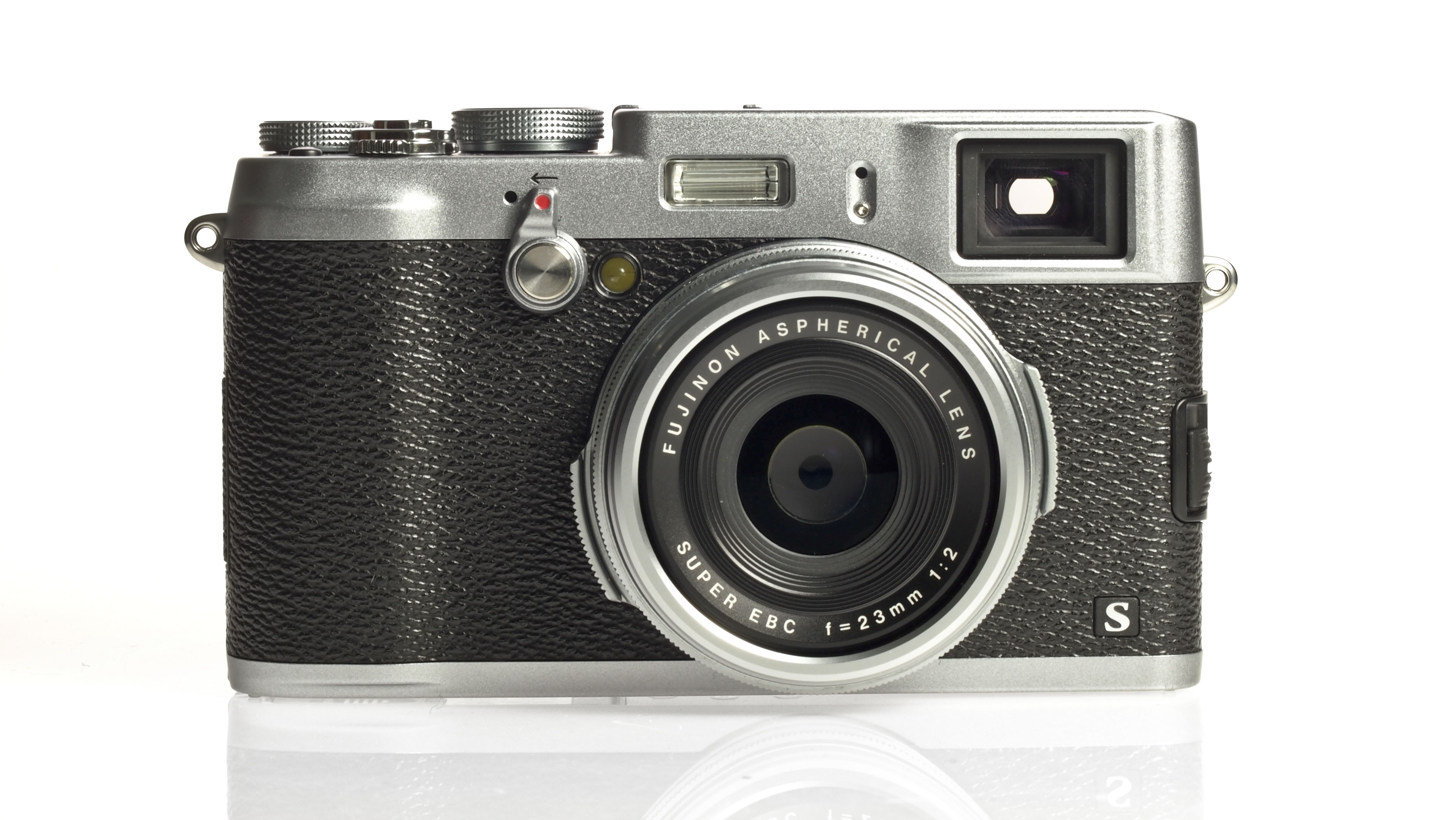Why you can trust TechRadar
The Fuji X100S isn't likely to find favour with novice photographers, but many enthusiast photographers will love it.
Its retro-style exposure controls are a joy to use, and turning an aperture ring or a shutter speed dial makes a pleasant change in an age of button pressing. You somehow feel more connected to the camera when you use an aperture dial.
Fuji's Quick Menu system is also a great addition that speeds up making settings adjustments, and the autofocus is fast enough for most situations.
We liked
Fuji's combination of retro design, robust build and excellent image quality makes the X100S a very desirable camera.
The hybrid viewfinder provides a superb view of the scene, and it makes a pleasant change to compose images with the camera held to the eye.
We disliked
There's no getting away from the fact that the Fuji X100S is large for a compact camera. In the past we might have been able to excuse it because it has an APS-C format sensor rather than a piddling 1/1.7-inch device or the like, but the APS-C format Nikon Coolpix A is much smaller, and Sony has proved that a full-frame sensor can be squeezed into a tiny camera body. That said, the Sony RX1 costs in the region of £2,600 / US$2,800 / AU$3,000 and it doesn't have a viewfinder built-in.
Given its retro design and the presence of an excellent viewfinder, we are prepared to let the Fuji X100S off for not having a vari-angle screen, but it would be nice to have a touch-sensitive screen.
Sign up for breaking news, reviews, opinion, top tech deals, and more.
Final verdict
By taking some of the best elements of the Fuji X-Pro1, such as the sensor design and Quick Menu, Fuji has produced a worthy update to the X100, and many owners of this camera will feel sorely tempted by the X100S. The improved handling and image quality makes it a very desirable step up.
The Fuji X100S is a very enjoyable and rewarding camera to use, its hybrid viewfinder is superb, the retro-style controls enable quick control over exposure and the advanced filters are available when you fancy a bit of fun.
While the autofocus system isn't on a par with those on a DSLR or some compact system cameras, it is fast and accurate enough in most situations.
Using a fixed focal length lens is also rather liberating, making you more inclined to walk around a potential subject to find the best vantage point.
Most importantly, the images (especially the raw files) have plenty of detail, and noise is well controlled.
